ESCAPADE: Coordinated multipoint measurements of Mars' unique hybrid magnetosphere
- 1University of California Berkeley, Space Sciences Laboratory, Berkeley, United States of America (rlillis@ssl.berkeley.edu)
- 2University of California Los Angeles
- 3Embry Riddle Aeronautical University
- 4Laboratory for Atmospheric and Space Physics, University of Colorado Boulder
- 5Boston University Department of Physics and Astronomy
- 6LATMOS, Paris, France
- 7University of Kyoto
- 8Laboratoire de Physique des Plasmas, Paris, France
Multi-spacecraft missions after 2000 (Cluster II, THEMIS, Van Allen Probes, and MMS) have revolutionized our understanding of the causes, patterns and variability of a wide array of plasma phenomena in the terrestrial magnetospheric environment. ESCAPADE is a twin-spacecraft Mars mission concept that will similarly revolutionize our understanding of how solar wind momentum and energy flows throughout Mars’ magnetosphere to drive ion and sputtering escape, two processes which have helped shape Mars’ climate evolution over solar system history.
ESCAPADE will measure magnetic field strength and topology, ion plasma distributions (separated into light and heavy masses), as well as suprathermal electron flows and thermal electron and ion densities, from coordinated elliptical, 200 km x ~7000 km orbits. ESCAPADE are small spacecraft (<150 kg), traveling to Mars via solar electric propulsion as a rideshare with the Psyche metal-asteroid mission in August 2022. ESCAPADE’s strategically-designed 1-year, 2-part scientific campaign of temporally and spatially-separated multipoint measurements within and between the different regions of Mars’ diverse plasma environment, will allow the cause-and-effect of solar wind control of ion and sputtering escape to be unraveled for the first time. Figure 1 shows ESCAPADE’s orbits within a hybrid simulation of the solar wind interaction with Mars, where the color scale represents ion velocity, blue lines are magnetic field, while white lines are sample proton trajectories and spacecraft orbits.
ESCAPADE is due to complete its preliminary design review in August 2020, thereafter moving toward build, test, integration and launch two years later. We will report on science goals and objectives, mission design challenges, and provide a status update.
How to cite: Lillis, R., Curry, S., Luhmann, J., Ma, Y., Barjatya, A., Whittlesey, P., Livi, R., Larson, D., Xu, S., Russell, C., Fowler, C., Brain, D., Thiemann, E., Withers, P., Modolo, R., Harada, Y., and Berthomier, M.: ESCAPADE: Coordinated multipoint measurements of Mars' unique hybrid magnetosphere, Europlanet Science Congress 2020, online, 21 Sep–9 Oct 2020, EPSC2020-511, https://doi.org/10.5194/epsc2020-511, 2020.

